Odontomachus hastatus
1599,90 zł
Worldwide shipping
Free delivery over 500 PLN
The highest quality of goods
Live delivery guarantee
24/7 Personal Support
Fair Prices
Description
The Odontomachus hastatus is a polygynous ant colony with a medium development rate. The queen measures 15-18mm while workers measure 12-14mm. They are yellowish brown to dark brown in color and feed on food insects and sweet fruit. They thrive in a humidity level of 60-70% in their arena and 60-80% in their nest.
Additional information
| Behavior | |
|---|---|
| Difficulty in breeding | |
| Origin | |
| The size of ants | |
| Wintering |
Odontomachus hastatus: The Fascinating Trap-Jaw Ant
Discover the captivating world of Odontomachus hastatus, commonly known as the trap-jaw ant. This species of ant is renowned for its exceptional abilities and intriguing behavior. In this article, we will delve into the various characteristics and features of Odontomachus hastatus, including its colony type, size, development rate, nutrition, and preferred habitats. Let’s explore the wonders of these remarkable creatures!
Colony Type and Size
Colony Type: Polygyny
Colony Size: Up to 500 workers
Development Speed: medium
Size and Color:
- Queen: 15-18 mm
- Workers: 12-14 mm
Color: The ants display a stunning array of colors, ranging from yellowish brown to dark brown.
Nutrition:
- Food insects (such as cockroaches and crickets) dead, or live
- Fruits
- Jelly
- Honey
Don’t forget to check out our food products to ensure a well-balanced diet for your colony!
Humidity and Temperature:
- Humidity: Arena: 60-70%, Nest: 60-80%
- Temperature: Arena: 21-30 °C, Nest: 22-28 °C
Unique Features and Abilities
One of the most remarkable features of Odontomachus hastatus is its powerful mandibles, capable of opening at an astonishing 180 degrees. These lightning-fast jaws allow the ants to capture their prey with incredible precision and prevent any chance of escape. Odontomachus hastatus possesses the fastest reflexes found in nature, with its mandibles accelerating from 0 km/h to a mind-boggling 230 km/h in just 0.13 milliseconds. This incredible predatory adaptation enables swift prey capture and ensures the survival of the colony.
Recommended Habitats for Breeding
When creating a conducive nest for breeding Odontomachus hastatus, materials such as acrylic, cork, plaster, and aerated concrete are recommended. These materials replicate the ants’ natural habitat, allowing the colony to thrive and exhibit their instinctive behaviors.
Overall, Odontomachus hastatus, the trap-jaw ant, stands as a marvel of nature, with its polygynous colony structure, astonishing reflexes, and unique predatory abilities. By appreciating their needs and creating the perfect environment, we can observe and marvel at the wonders of these incredible creatures.


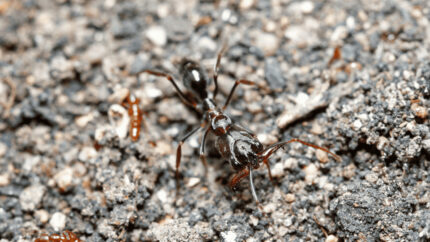
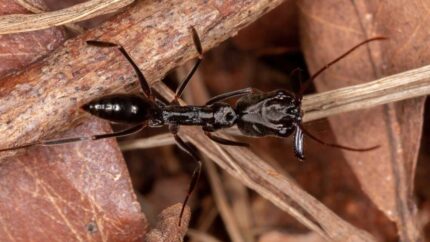
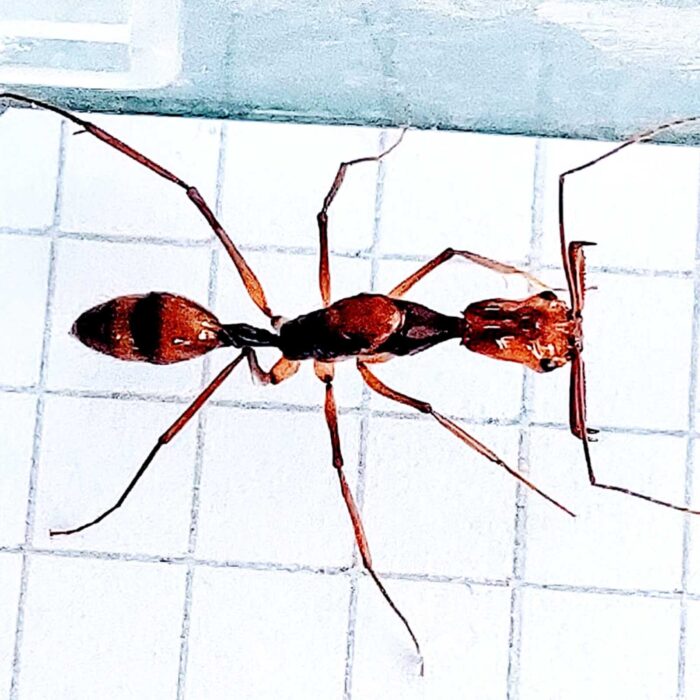
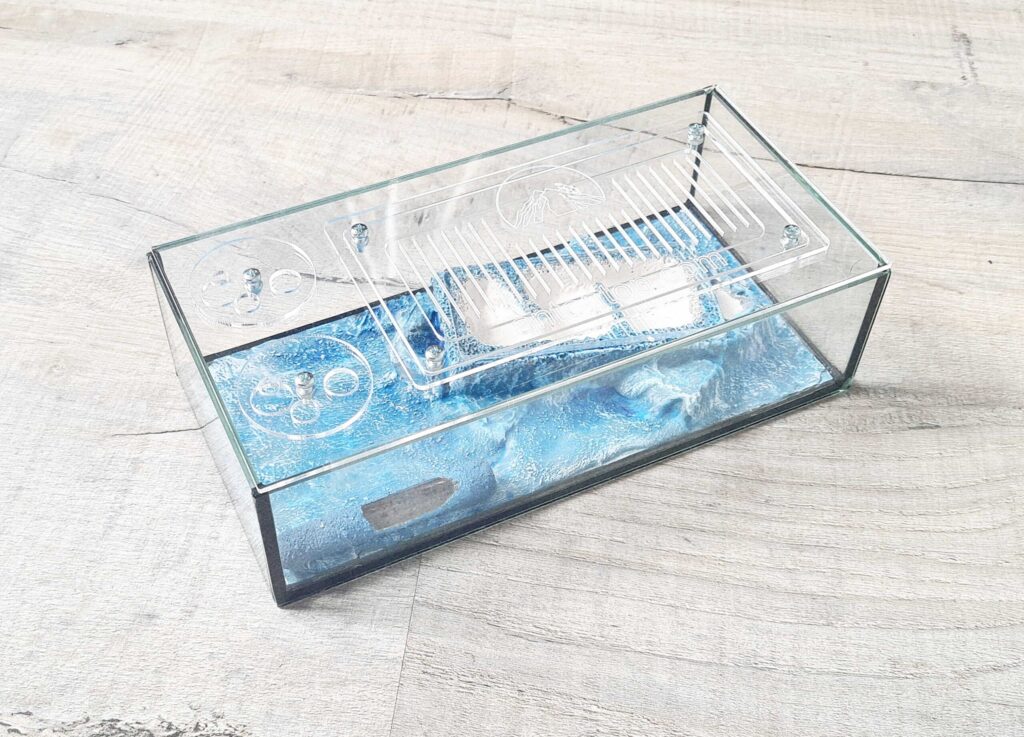
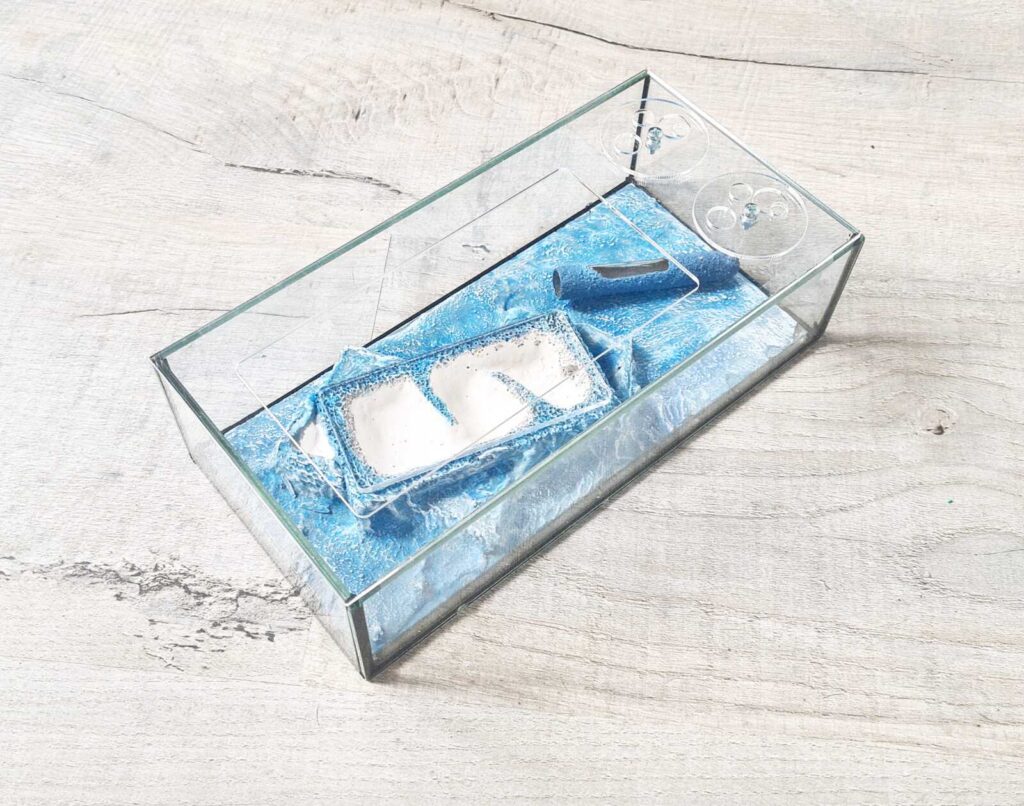
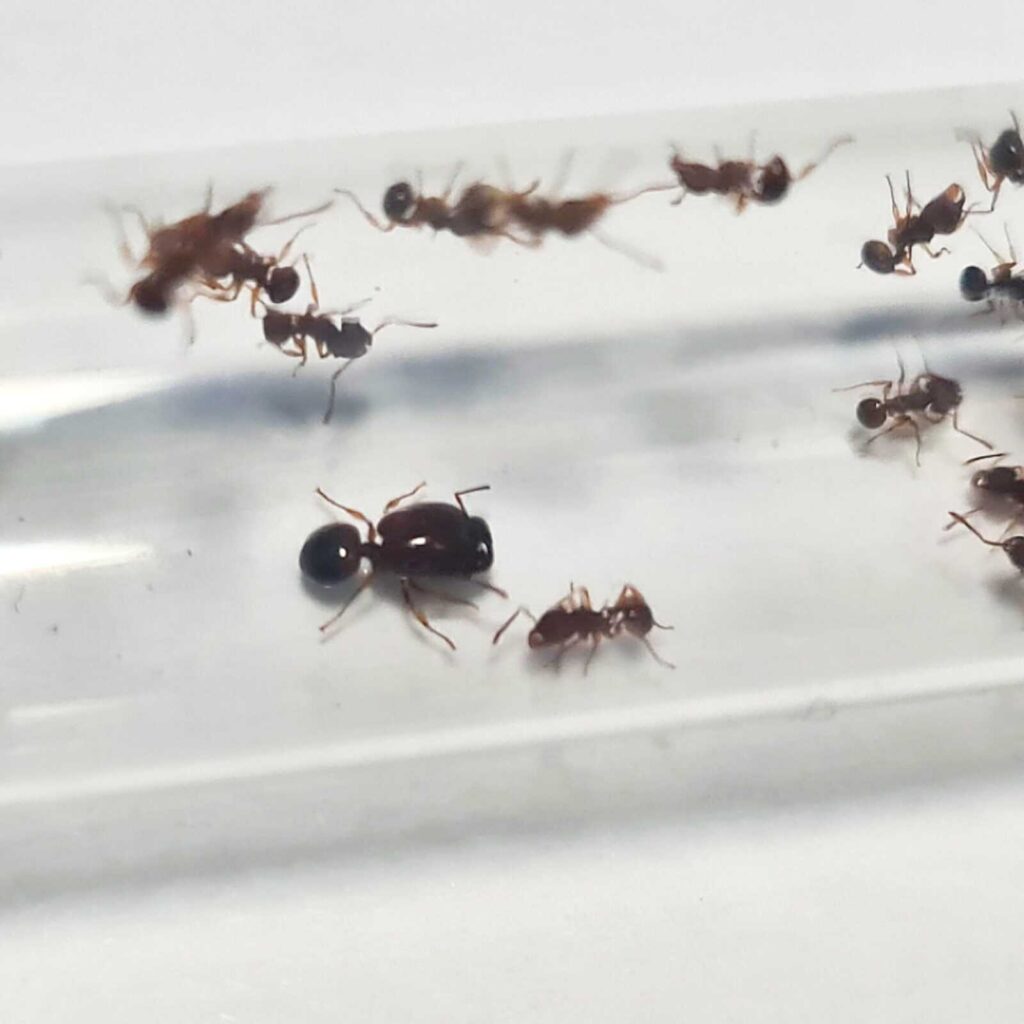
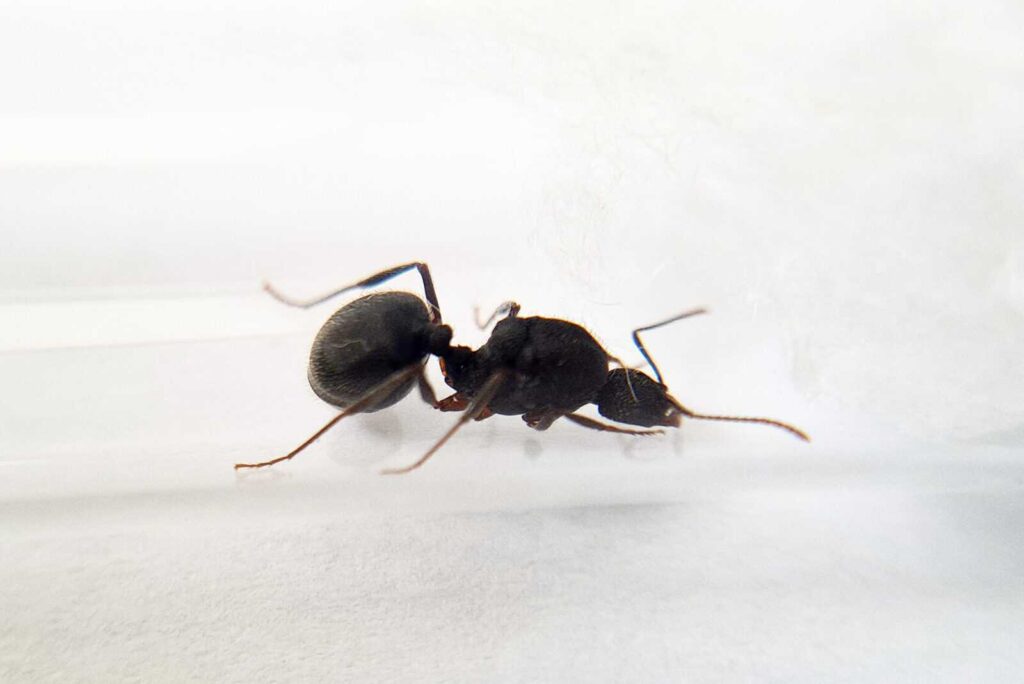
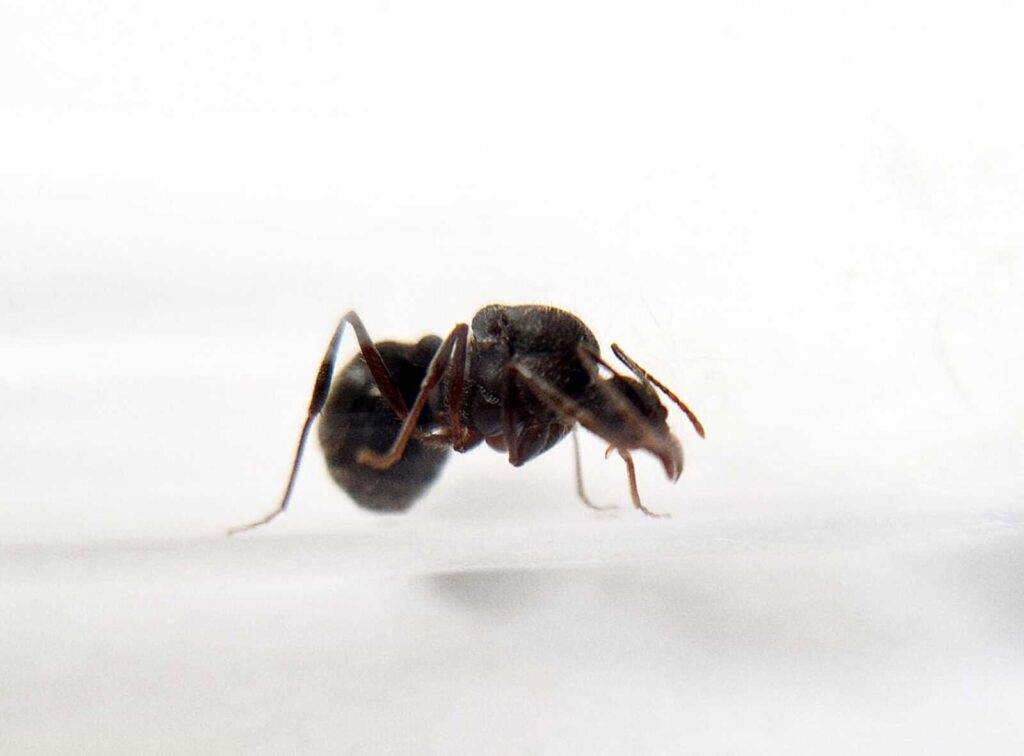
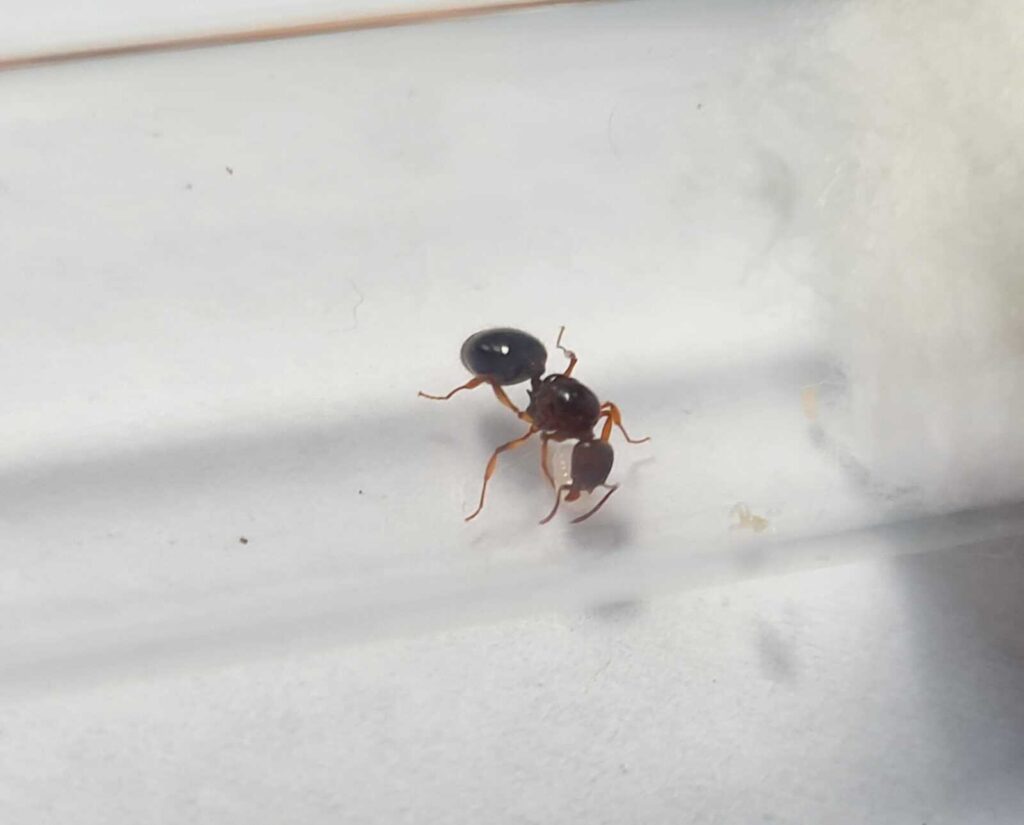
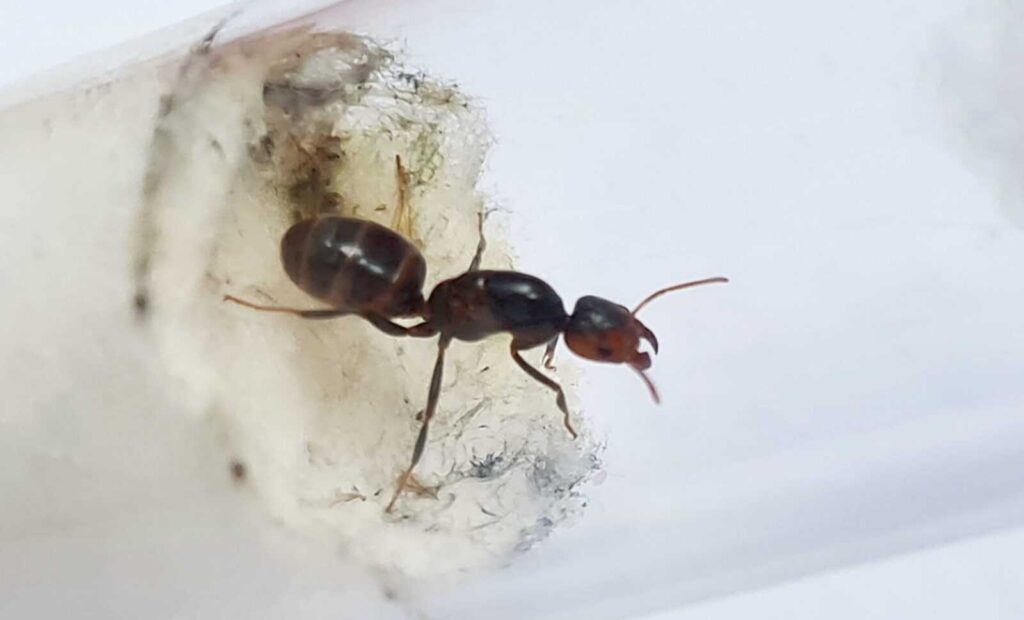
There are no reviews yet.